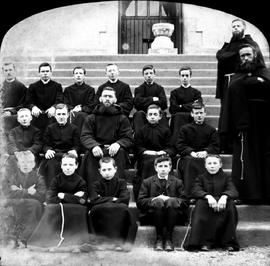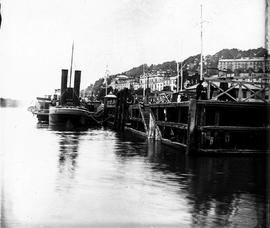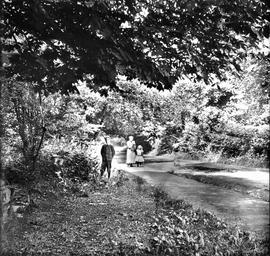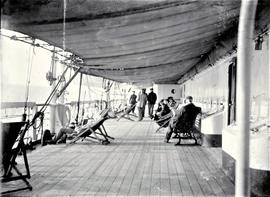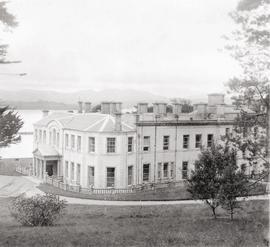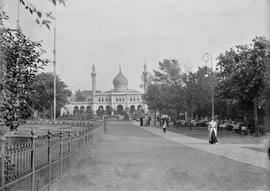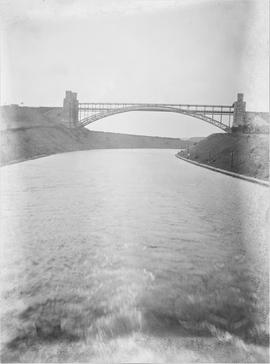Fr. Augustine Hayden OFM Cap., Seraphic School, Rochestown, County Cork
- IE CA PH/1/2
- Item
- c.1900
Part of Irish Capuchin Archives
Fr. Augustine Hayden OFM Cap. with pupils at the Capuchin Seraphic School, Rochestown, County Cork. Identifiable individuals include:
Fr. Augustine Hayden OFM Cap. College Rector (seated, second row, third from the left). Fr. Augustine was Rector at Rochestown from 1896 to 1907.
Fr. John Butler OFM Cap. (1873-1950) (standing adjacent to second row).
Fr. Damascene Kenny OFM Cap. (1873-1913) (standing adjacent to third row).
Patrick Joseph Collins (first row, first on the left). (later Fr. Ignatius Collins, 1885-1961).

